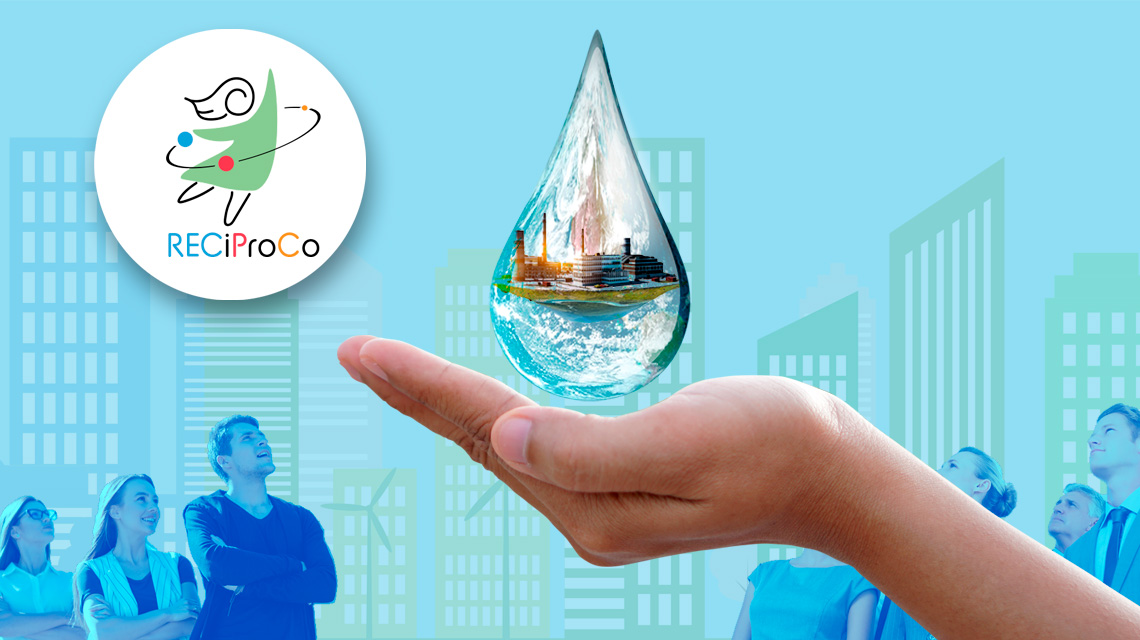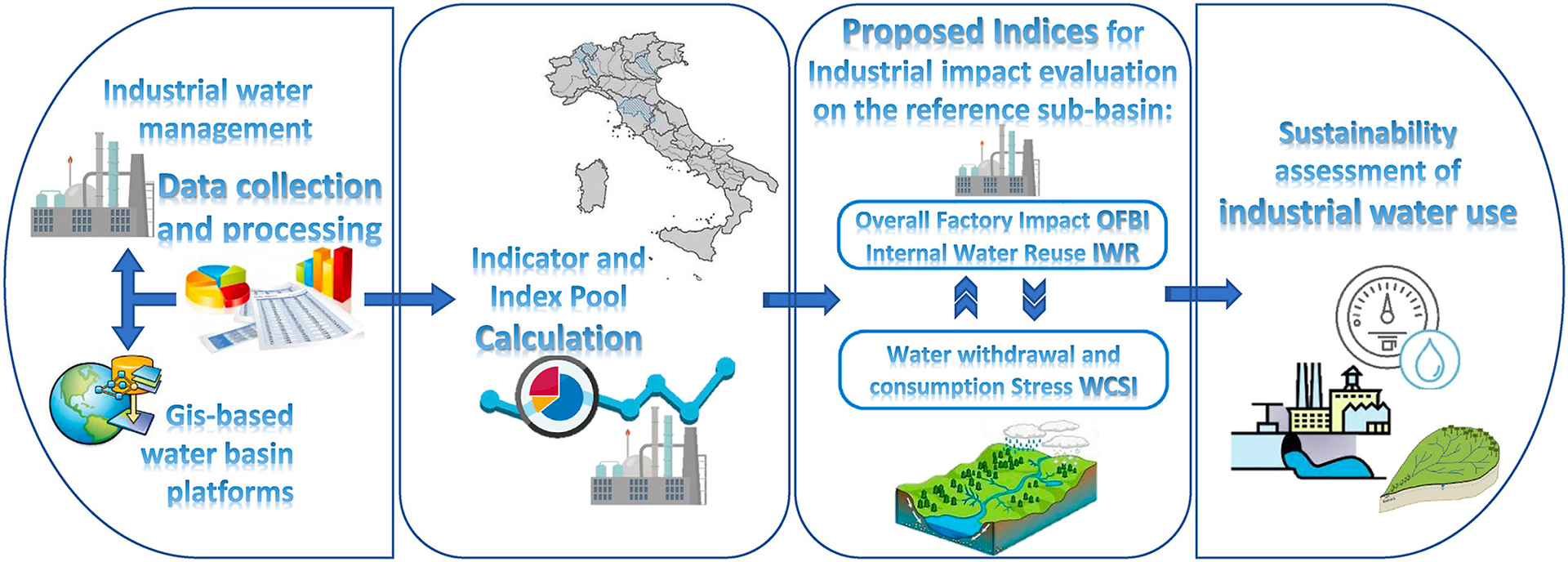Italian National Agency for New Technologies, Energy and Sustainable Economic Development

Environment: A new method to assess impact of industrial activities on local water resources
ENEA has developed a new method to assess the impact of industrial activities on local water resources like rivers and lakes as part of the project RECIProCO, funded by the Ministry of Business and Made in Italy. The tests were conducted in Italy on two paper mills and a textile industry[1] and the outcomes published in the international “Journal of Environmental Management”.
The method developed by the ENEA team involves the calculation of three indicators, capable of providing a 'snapshot' of the impact of industrial water uses on basins and sub-basins: the Water Stress Index of consumption and withdrawal (Water Consumption Stress Index - WCSI) provides a description of the state of local water resources, on the basis of the average annual budget at sub-basin level of water withdrawn and consumed, seasonal variability, critical periods and historical trends; the Total Factory Basin Index (OFBI) is the total impact index on the local river basin and characterizes the company's water cycle by integrating information on water withdrawals, consumption, returns and losses; the Corporate Water Reuse Index (Internal Water Reuse - IWR) evaluates industrial water use efficiency.
The two paper mills where the new method was tested are located in the Brenta-Baccaglione (Veneto) and Arno (Tuscany) sub-basins, while the textile company is located near the Ticino river (Lombardy). “In general, these two production sectors are characterized by a high water consumption but there is clearly a difference in the balance of water resources between the sub-basins: the Arno presents the greatest critical issues for water exploitation, the quantity of available water and seasonal variability”, explained Luigi Petta, head of the ENEA Laboratory of Technologies for an Efficient Use and Management of Water and Wastewater and co-author of the study with Gianpaolo Sabia, Davide Mattioli and Michela Langone.
Specifically, the analysis of the three sub-basins highlighted a significant difference between Northern Italy -characterized by limited water stress- and Central Italy, which instead presents situations of medium-high water distress, even if the most critical situation is in Sicily and in most of Puglia and Basilicata.
As regards the total impact of the industrial settlement, the OFBI index varies from the minimum of the Lombard textile company on the water balance of Ticino (0.002%) to the maximum of the Tuscan paper mill on the Arno (0.192%), which however is the most virtuous in terms of water reuse (98%).
“Based on these case studies, the method we propose can evaluate the actual impact of a specific production site on rivers, lakes and aquifers, so providing local administrations, consumers and businesses with information useful for knowing and assessing the impact on local water stress", pointed out Petta. "Population growth and climate change are among the main causes of unsustainable pressure on global water resources: the annual water demand is around 4,600 billion m3 but by 2050 it could reach 6,000 billion of m3 per year. It is therefore crucial to identify reliable methods to evaluate the impact of activities, in particular industrial ones, on local water resources also to support the adoption of new production and consumption models to reduce water use ”, concluded the ENEA expert.
In Italy every year industry consumes approximately 5.5 billion m3 of water (21% of total consumption), although agriculture remains the most water-intensive sector with 14.5 billion m3 of water used ( over 50%)[2]. A trend similar to the European one, where water consumption (214 billion m3 per year) is ascribable to agricultural activities (58%), cooling (18%), industry (11 %), civil uses (10%) and services (3%).
Notes
[1] The data on water withdrawal and use at company level were collected monthly for an entire year through questionnaires to the companies and processed on a GIS basis, to evaluate the impact on local water resource, while the data on availability and use of water from Italian sub-basins was obtained from the platform Aqueduct 3.0 developed by the World Research Institute.

